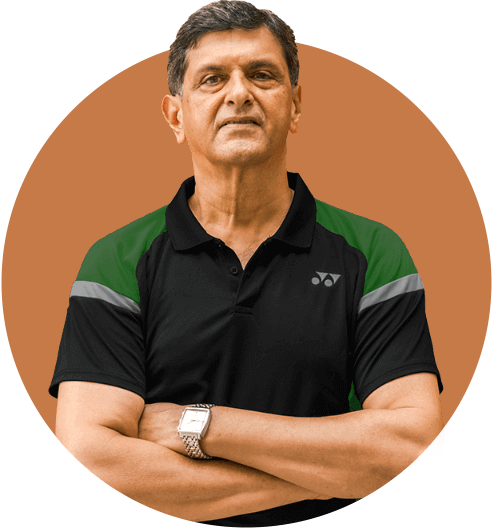Professional Badminton Player: Key Steps – Part 2
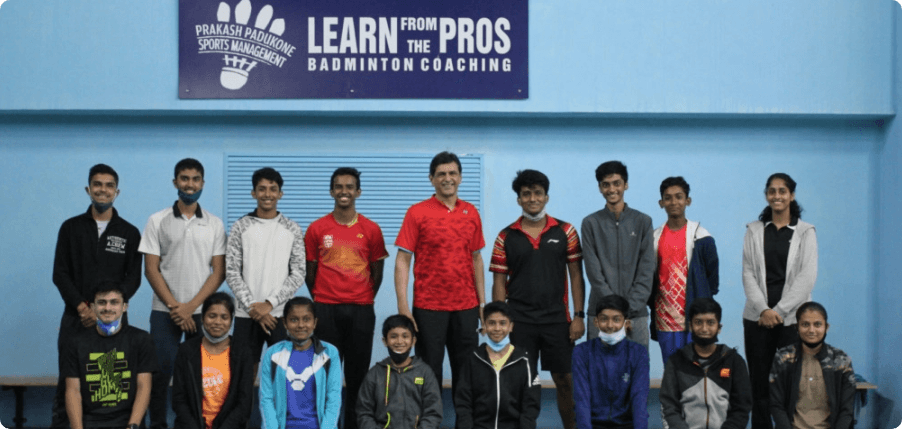
What are the key steps to become a professional badminton player in India? – Part 2
Hear from our very own Badminton Legend Himself- Mr. Prakash Padukone, who details all the steps involved that can help any badminton aspirant or parents navigate this journey that is often filled with many questions along the way.
Well begun – is only half-done. What next?
Having taken a successful first step towards becoming a professional badminton player, this blog will equip you for the journey ahead in the sport. At this juncture, the player as well as the parents are convinced of the former’s potential in the sport of badminton, and taking the next step feels logical. The game is now a more serious affair, the challenges and demands completely different than those in the beginning phase. From spending a few hours during vacation/weekends, there is a shift towards setting schedules that revolve around badminton training.
Beginning at a badminton academy is a great method to learn within comfort zones. However, one must start playing badminton tournaments at a district level, the state level depending on bandwidth and then move on to mark a strong presence at a national level. If you are a high-performing player, simultaneous appearances in events with varying difficulty levels help build stamina and agility.
What is different now?
Time management– The phrase is old, but the experience is new. Top badminton players swear by this mantra. Allocation of the single biggest resource available-time, is paramount. A badminton player’s day will now be very different from any other person of the same age. The time spent on court will be at a completely different level than when indulging in a recreational game or two at the end of a day.
Training Regimes – Physical training is more intense – from 2 or 3 times a week, the load gradually increases to 5 times a week for young badminton players between 12-16 years of age. Players are now familiarized with multi-field techniques, shadow badminton, visualization and breathing exercises to improve focus and decision-making. Most of the time is spent comprehensively preparing to compete at a professional level. A good investment in strength training at this time will reap returns in terms of superior stamina and sustained performance.
“ Just like a building whose foundation is strong and multiple floors can be built; it is easy to add new strokes, improve speed, power, smashes, and defense tactics if the basic technique is well imbibed and strong. ”
Prakash Padukone
Have the ‘AUX’ factor
Training at an academy and playing matches is not the only cog that turns the wheel. Key ‘auxiliary’ factors are required to support a player to transform into top-class talent. Enrolling at a reputed badminton academy exposes one to the best talent in terms of peers and coaches in the country. At a competitive level, investment of time and effort must be complemented with access to the facilities and gear that supports performance.
Choosing to play professional badminton means players have to travel and stay at different places for tournaments. Such instances may happen multiple times in a year, and high-quality gear is needed for the badminton player to be at the top of the game. While scholarships and sponsorships are available, the highly competitive nature of the sport means financial investment from the player too.
Hard work – It is not ‘all work and no play’ but all play that is real work! Extensive training and continual presence in competitive circuits means a lot less time for usual recreational activities. You may find yourself having lesser time to hang out with friends and spend more time at the badminton academy than at home.
Boundaries will be stretched – badminton players push their physical and mental abilities to their limits. This is needed to deal with the physical demands of the sport and the stress of maintaining consistent performance.
Mindful existence – what to do, when to do, how to do, what to eat and what not to eat- every decision that was minor before is now a conscious committed effort to churn out a top badminton player for the world to reckon.
Not all goals are achieved at the first hit. The graph has some crests and troughs. Some wins boost confidence while failures occur at unexpected times. Ploughing through with undeterred focus is the only way.
The Balancing Act
At the cusp of turning into a professional badminton player, many promising talent like we see at the Padukone badminton academy face one big dilemma.
Now that you are choosing a career in badminton, does it mean a complete abandonment of studies? No. It is an unwarranted risk to close all other doors so early on.
In the current situation, a complete stoppage of normal education may not provide the best environment for an individual for overall development. It is not fair to completely deny a normal environment and atmosphere of school to budding players. With education completely out of the picture, there may be unnecessary pressure on a growing player to perform.
One has to manage education along with badminton. It is not possible to completely let go of crucial secondary education at this point. The player has to mold his time to be able to cruise through 12th and ace his game. It is an interesting battle where badminton and academics compete for equal attention. A structured and disciplined approach is the easiest way to achieve goals. Slowing down a bit on some personal and recreational pursuits will help make your mark in both fields!
These days, multiple options are available to ensure academic continuity and pursue professional badminton. A conventional schooling model is rigid in timelines and does not allow freedom for comprehensive badminton coaching. Enrolling in an open-school, choosing home-schooling or engaging personal tutors ensure a parallel line of education always remains. Academic sessions can be planned around the training regime of the player and there is no one aspect sacrificed. Flexibility is the biggest advantage offered to young players. These are excellent options for young badminton players who demonstrate excellence in the junior category itself.
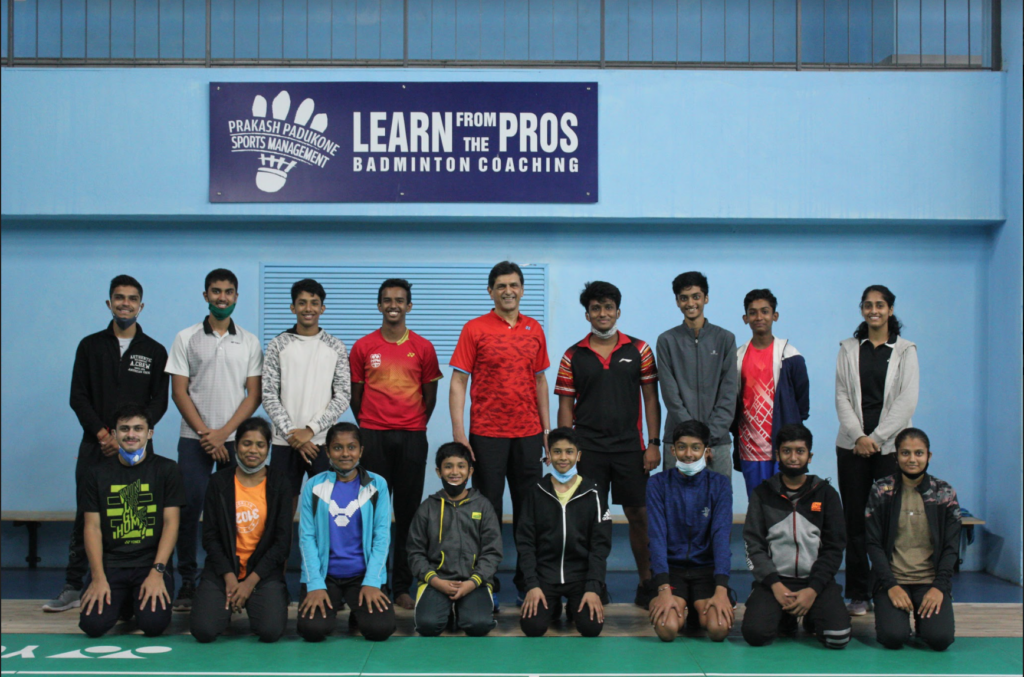
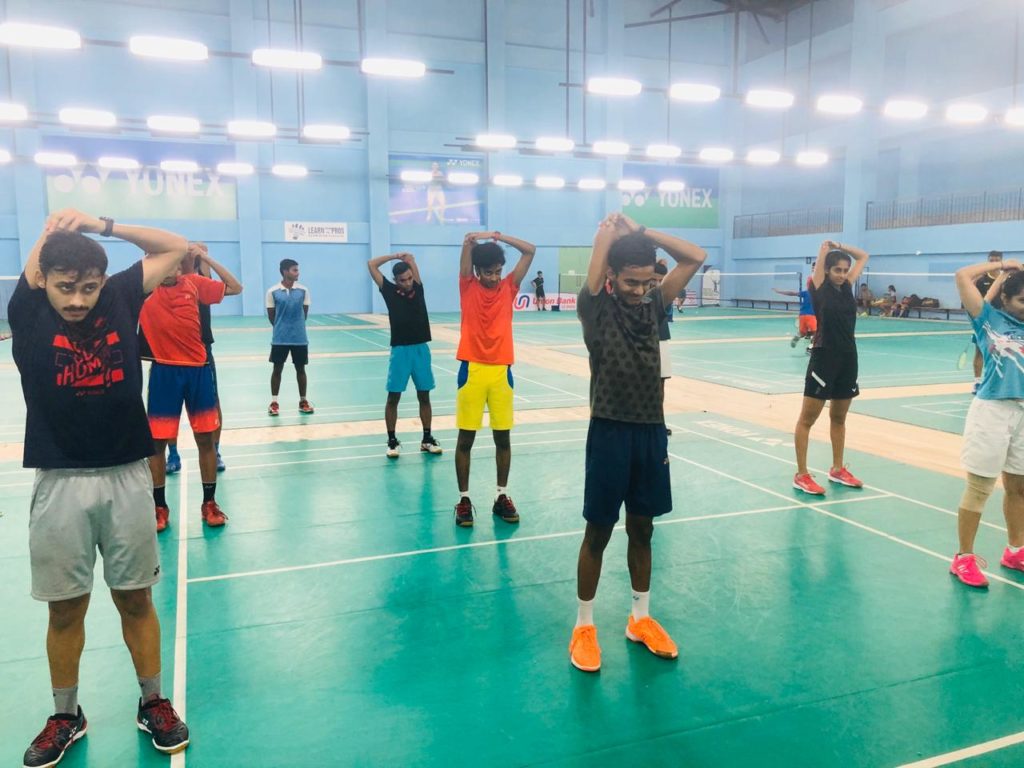
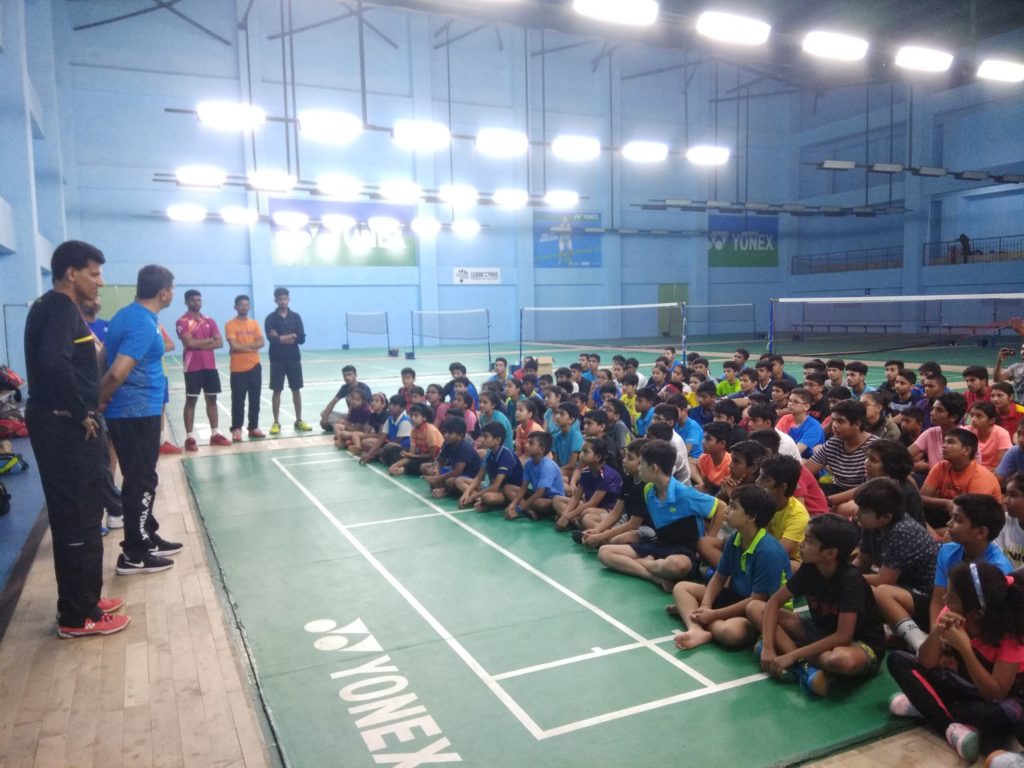
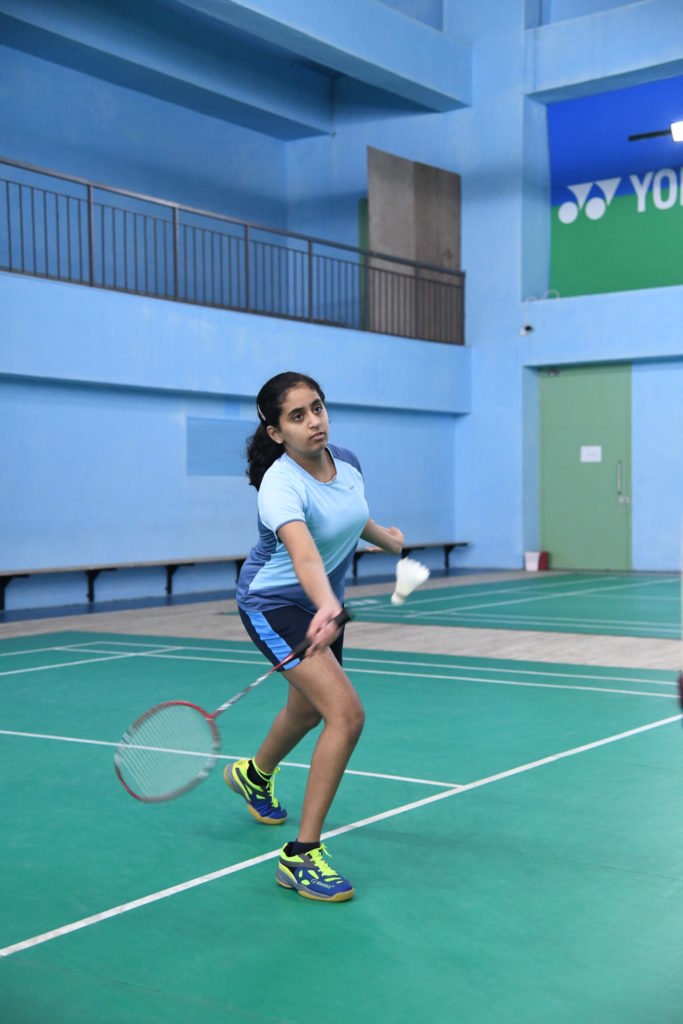
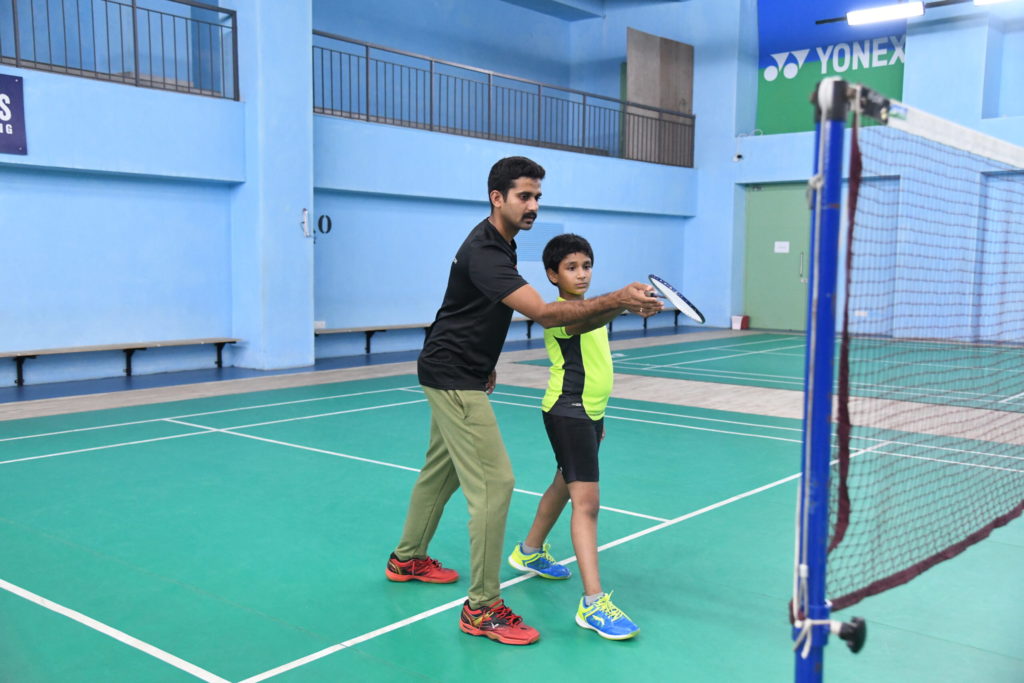
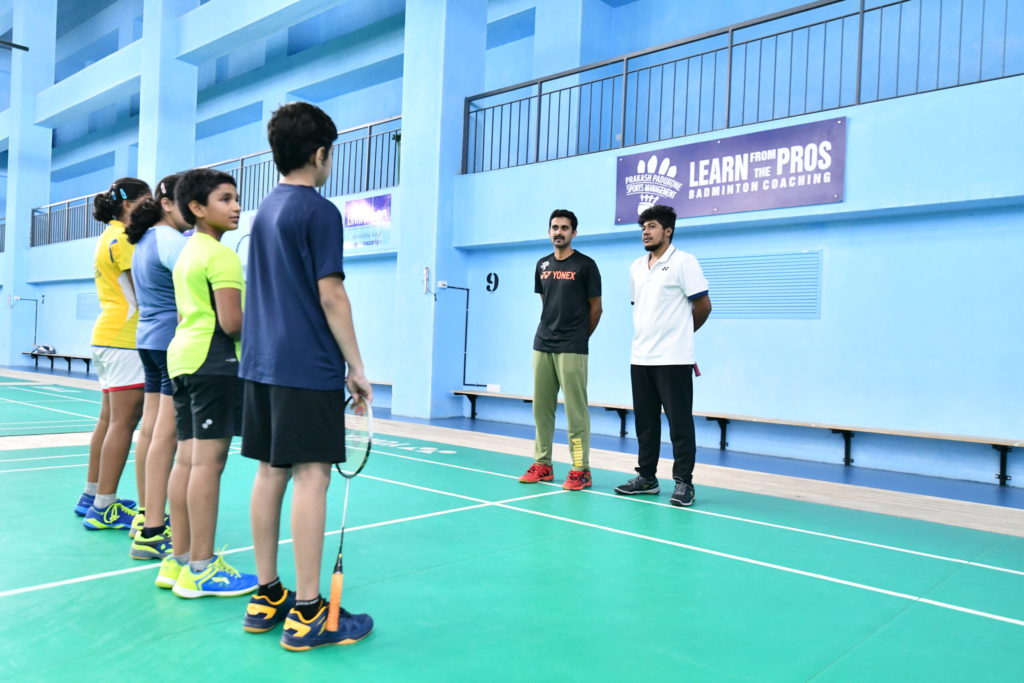
Commit-Involve-Focus-Evaluate
When talent is discovered early on, it generates high expectations. As an aspiring badminton player, the best approach to the sport is with minimal expectations and maximum enthusiasm.
One needs to move consciously out of comfort zones, spend time in unfamiliar situations and make some sacrifices on the personal front.
In the initial years, one must be prepared with not-so-good results. Every exposure, every game, every loss or win should teach something new. In addition to training at the academy, young badminton players spend a lot of time in tournaments. Rather than ‘go-play-come’, a good approach is to ‘go-play-see-learn’, specially staying back for a day or two when losing a match.
A few decades ago, there were no coaches, no learning mechanisms-it was all by watching good players do their bit on the court. Such effort to learn, and learn different offers a competitive edge to a player’s personality. In today’s world, a common phenomenon is a high dependence on coaches. The input is mostly from the coach. What will help a badminton player strike differently on the professional front is the individuality he brings to the game.
Watch and learn – Watching the opponent, watching experts in a game, their position, footwork, defense, contact, strokes and temperament is all learning.
Keen observation of details and discussions with the coach enables a player to think. Thinking is two-fold beneficial- Increases learning agility which helps execute the game on the ground. It also helps to analyze one’s own game.
Badminton is an individual game – on the court, it comes down to an individual decision- what stroke to play, when to attack, how to rally. Players need to design a game plan and work towards perfecting it.
Move from push to pull – the Coach is a vital tool for a player to strike gold. However, it is important to have a learning mindset. One must learn not just how to execute a stroke, but what stroke to use and how best to execute it.
Look out for:
When intensive training and playing begins, injuries may occur and can hamper progress of a player. Chances of success – while there is no guarantee in any field– the uncertainty is more in badminton than in academics. This phase is more like a transition, and like in any field, only the top ones can make a living out of the game. Continuity in academics serves as a back-up plan.
Career-span – badminton is a physically demanding sport, so longevity as a professional badminton player and earning from it happens in a certain bracket of time only.
Top badminton players in India are also employed in/sponsored by some companies – they have privileges while playing and can also consider a career as a coach. This serves as a career hedge, offsetting the risk of a singular career path.
